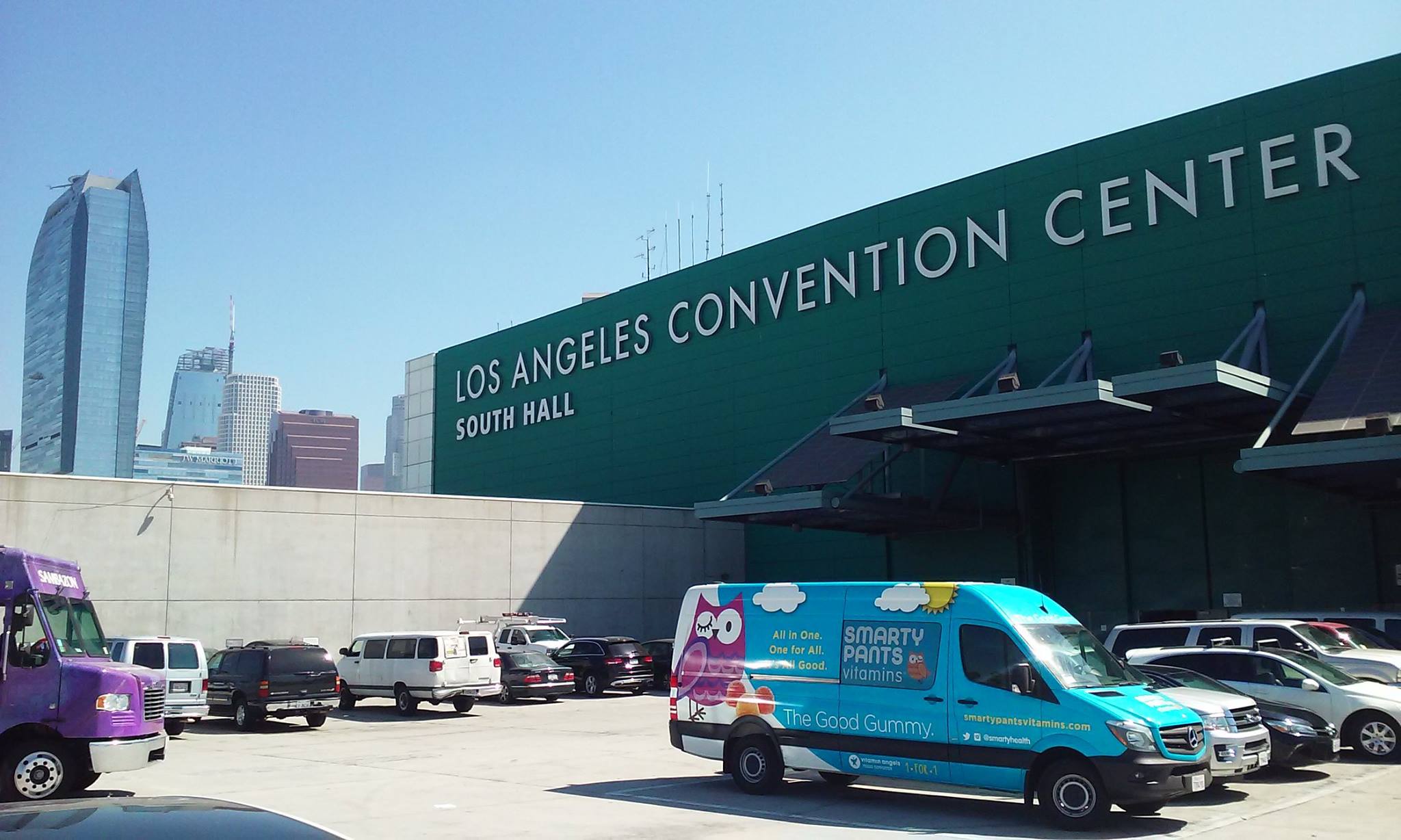Wave Wire Services
LOS ANGELES — The City Council has delayed plans to expand and modernize the Convention Center until further financial analysis is conducted to better understand the full cost of the project.
In a 14-0 vote late last month, council members authorized the city administrative officer and the chief legislative analyst in consultation with AEG Plenary Conventions Los Angeles — the group spearheading efforts for the modernization project — to report back on an updated cost and scheduling proposal.
The CAO will also be tasked with identifying possible funding sources or structures for debt service or repayment options. Additionally, the council authorized $1 million to support the efforts.
Councilwoman Traci Park, who chairs the Trade, Travel and Tourism Committee, said, prior to the vote, that it’s not a “question of wanting this to work,” but rather a “question of needing to do it.”
“We are the nation’s second largest city and yet we have a second tier facility with antiquated amenities, putting us at a competitive disadvantage,” Park said, who has been a vocal advocate for the expansion project.
She noted that other smaller cities have modern centers with more contiguous space. The modernization of the convention center would also mean more jobs, more hotel nights booked, an increase of revenue, economic development and other benefits to the entire region, Park added.
“Put simply, it is in our city’s best interest to expand, but we are also facing a nearly half billion dollar deficit and other financial uncertainties that require us to take a hard look at priorities,” Park said. “So that we can make a decision that is in the best interest of our city and its residents.”
Park reiterated that it’s crucial to get more information that is accurate with updated figures regarding the cost to complete the project. She noted the CAO and the CLA provided council members with two assessments that drew “vastly different conclusions about the cost.”
The reports are expected to come before the council’s tourism and budget committees before being taken up again by the City Council.
According to a joint report from the city administrative officer and the chief legislative analyst, the city has been working with Anschutz Entertainment Group and Plenary Group since 2018 for the possible expansion of the Convention Center.
The city had evaluated a public-private partnership, committing to making both short-term “progress payments” and then long-term “availability payments” to AEG Plenary Conventions Los Angeles, which would have provided private operations and maintenance of the center’s campus.
Under the public-private approach, the city would retain the financial risks of achieving the long-term projected revenues from the project and other uncertainties.
Due to the COVID-19 pandemic, however, the agreement did not move forward and the expansion plan was delayed.
Earlier this year, AEG Plenary Conventions Los Angeles presented the city with an updated public-private financial plan for the expansion program, suggesting the group could do the work at a lower cost.
But city officials questioned whether the level of cost reduction can be achieved without impacting the project or placing the city at greater risk.
According to the city report, the project — under any delivery method — would place a major obligation on the city for about 30 years.
Councilman Curren Price, who represents the 9th District, which includes the Convention Center, said there’s been almost 10 years of discussion on this matter.
“We’ve been unable to close the deal on that project and now time is running out to do a major overhaul,” Price said. “We want to make sure that it’s in time for the 2028 Olympics.”
He added, “Quite frankly, at this point, I don’t care if it’s a [public-private partnership] or the traditional way of doing it. We just want to get this project done.”
There are concerns that while the public-private partnership would expedite the project, it would come at much higher price compared to the traditional method of funding the project.
City planners have said the national convention business is highly competitive, especially in California, where San Francisco, Anaheim and San Diego also provide facilities that directly compete with L.A. for business.
The Los Angeles City Tourism Department and the city administrative officer have previously reported a need to expand the number of hotel rooms near the Convention Center.
The Tourism Department also reported the lack of space and rooms has cost the city at least $4.9 billion in revenue generated from conventions. Another report, the 2020 Tourism Master Plan, estimated that the city lost 2.6 million room nights between 2014 and 2017 because the Convention Center is too small or could not accommodate larger meetings, conventions and exhibitions.
According to the Department of City Planning, the expansion plan would feature a 700,000-square-foot New Hall building, connecting the existing South and West Halls over Pico Boulevard.
The New Hall building would include 193,000 square feet of new exhibit hall space; 60,000 square feet of new meeting rooms; an atrium entrance and lobby along Pico Boulevard; and a 98,000-square-foot rooftop multi-purpose hall and a 10,000-square-foot outdoor event space with a view of Downtown Los Angeles.
In a community impact statement, the Downtown Los Angeles Neighborhood Council described the Convention Center as “one of the most critical economic engines” supporting the tourism and trade economy.
Claudia Oliveira, president of the neighborhood council, emphasized the need to move forward with the project as the benefits of investment outweigh the cost.
While the Downtown Los Angeles Neighborhood Council shared the concerns raised by council members regarding potential ramifications and risks of the project, the group recommended the project be phased.
“Any work is directed toward the actual expansion of the convention halls themselves … upgrades to keep the facility operational during the games and public/open space at the street level be done first, versus other building upgrades/modifications such as that over Pico Boulevard,” Oliveira wrote in the statement.









